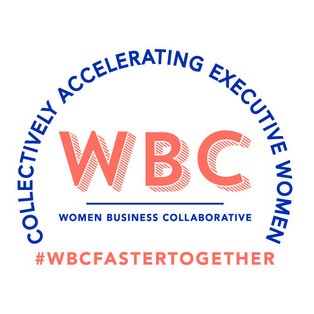
Developing mentors, sponsors and networks are a crucial strategy for women at all career stages. But sadly, women are less likely to receive the mentorship and sponsorship necessary to propel them to leader and executive positions. This brief provides an overview of why focusing on pipeline promotion is a passionate focus for WBC.
Why focus on pipeline promotion?
- Women are less likely to be hired and promoted to manager roles. Men hold 62% of manager-level positions and women hold 38% (McKinsey State of Women 2019)
- Developing relationship capital (mentors, sponsors and networks) are a crucial strategy for women at all career stages. 54% of men had a career discussion with their mentor or sponsor in the past 24 months vs 39% of women (Working Mother Media 2019 Study: The Gender Gap at the Top; HBR January 2020: Challenging our Gendered Idea of Mentorship)
- Far more men than women are benefiting from networking, mentoring and sponsorship than women: 54% of men had a career discussion with their mentor or sponsor in the past 24 months vs 39% of women (Working Mother Media 2019 Study: The Gender Gap at the Top)
- 28% of women vs 53% of men participated in a leadership development program in the past 24 months (Working Mother Media 2019 Study: The Gender Gap at the Top)
- As of 2020 women hold the majority of jobs (50.4%) for the first time in almost a decade, up from 49.7% in 2019 (Bureau of Labor Statistics, 2020). While the number of women in the C-Suite has increased, the talent pipeline continues to offer opportunity to create parity at all levels (Pew Research 2019)
Our Goals
So what can we do? We’ve partnered with an incredible group of organizations to drive change: Network of Executive Women (NEW); Women for Economic and Leadership Development (WELD); WOMEN Unlimited.
Together, we plan to create a pipeline to parity to provide access throughout a woman’s career to development, work to ensure that the selection and promotion systems address the role that unconscious bias plays in the decision- making, identify areas of organizational culture that need to be reset to create a sustainable climate of inclusion, and more.
We believe that through these actions we can see:
- High potential mid-career women (including women of color) to equal number of men tapped for operating roles together with access to leadership training and development for line management by 2025
- 25% of women at all levels of leadership are women of color by 2030
- The same number of women as men receiving mentors and sponsors by 2025
- The same number of women as men participating in leadership development programs by 2025



